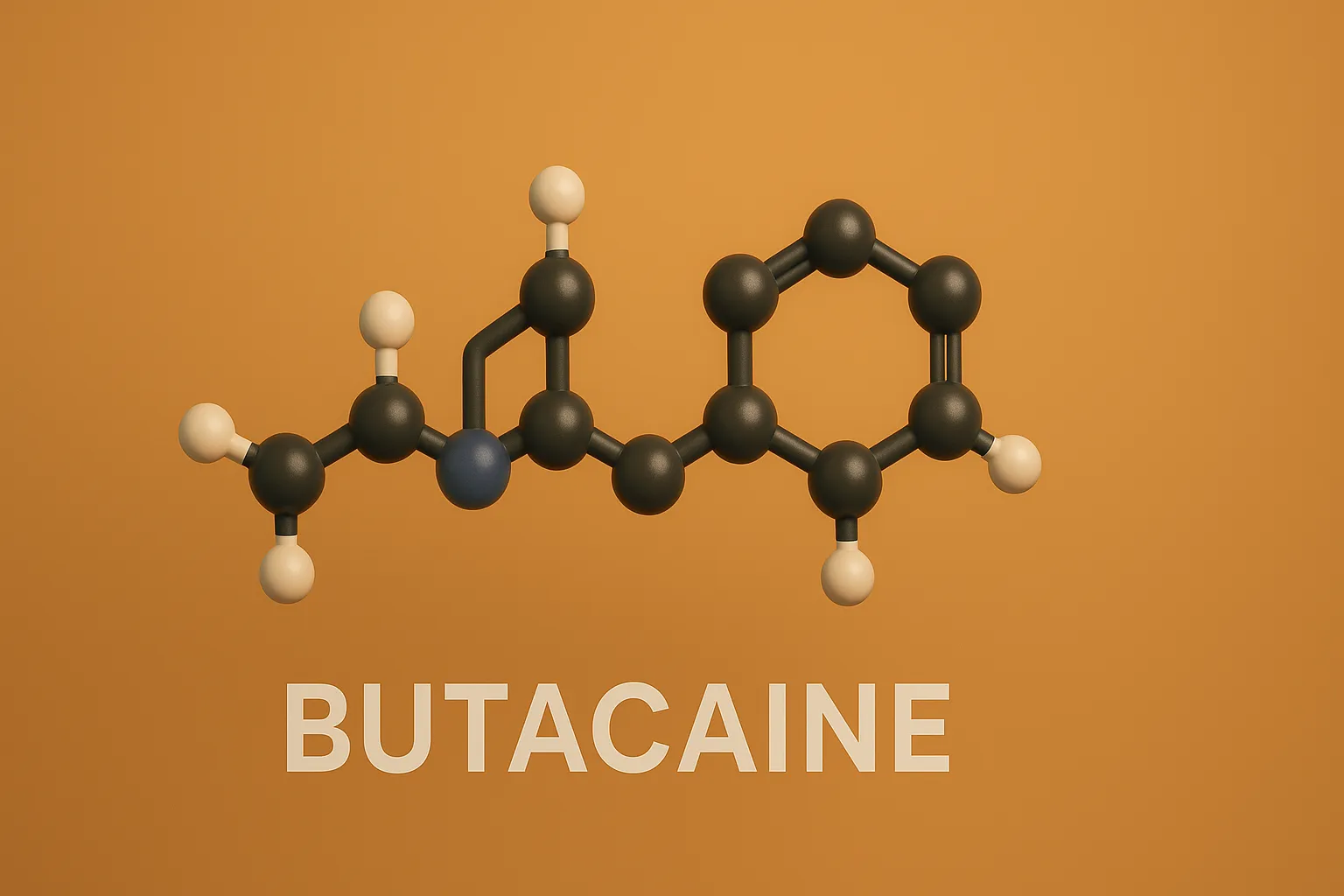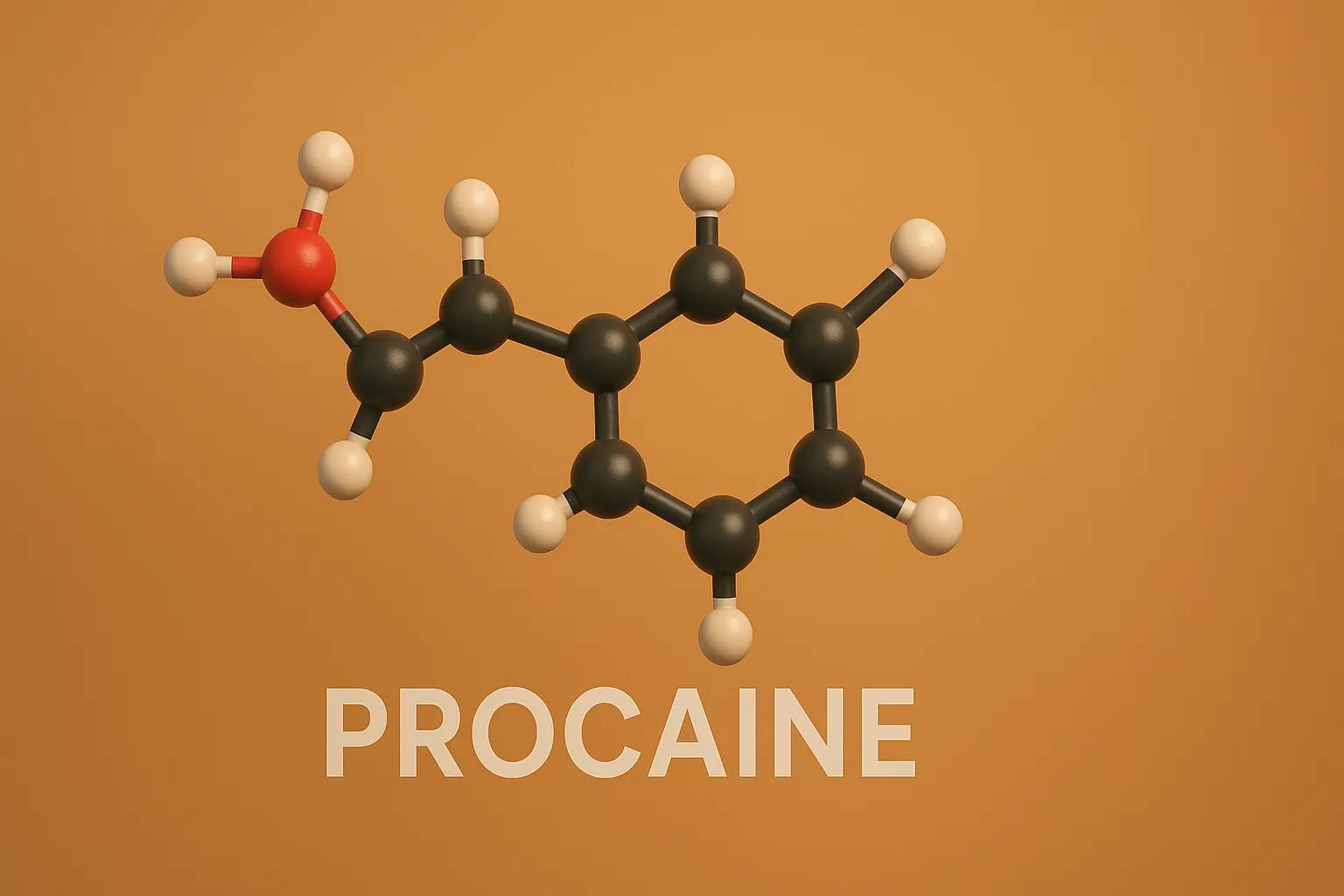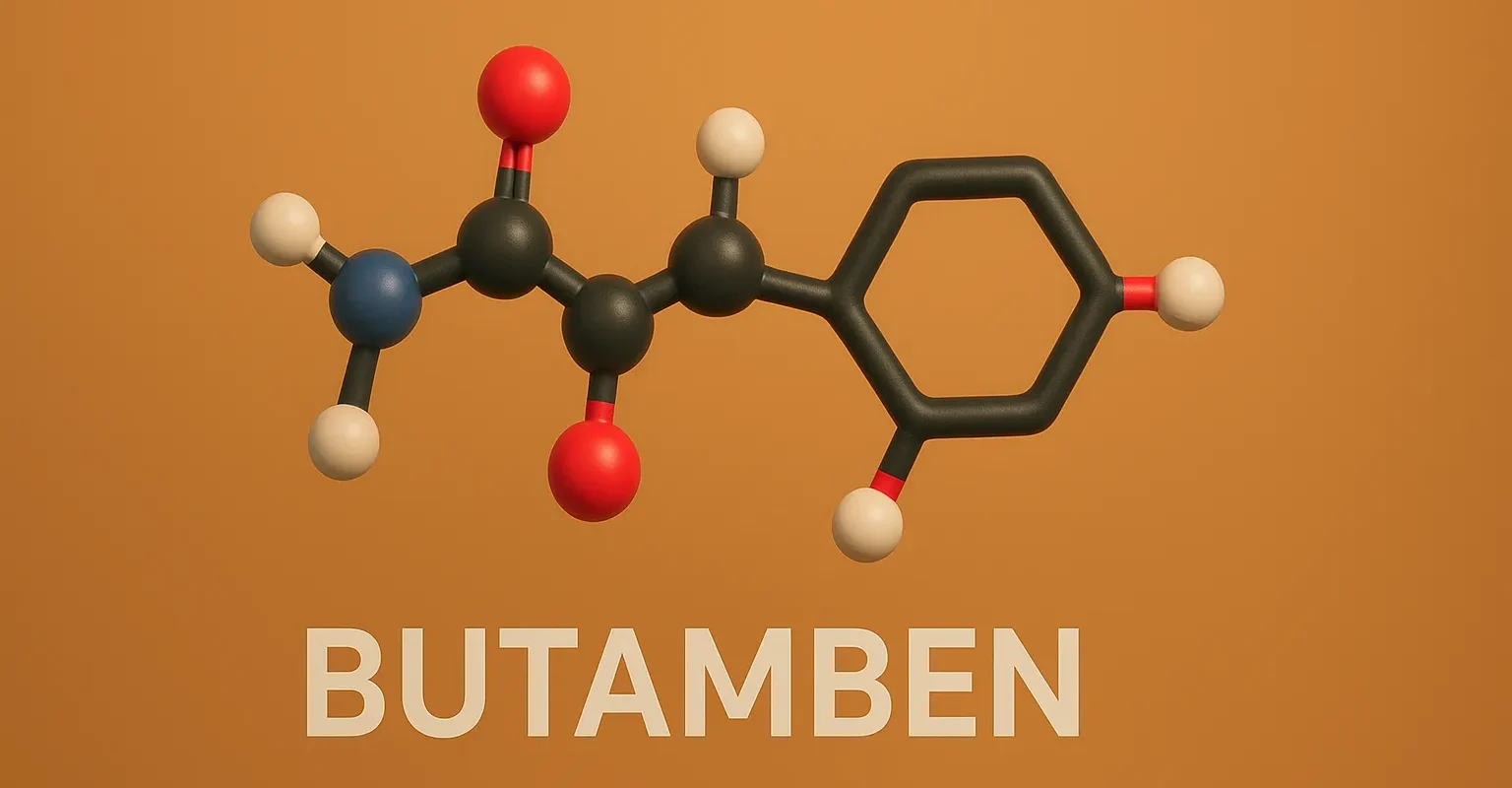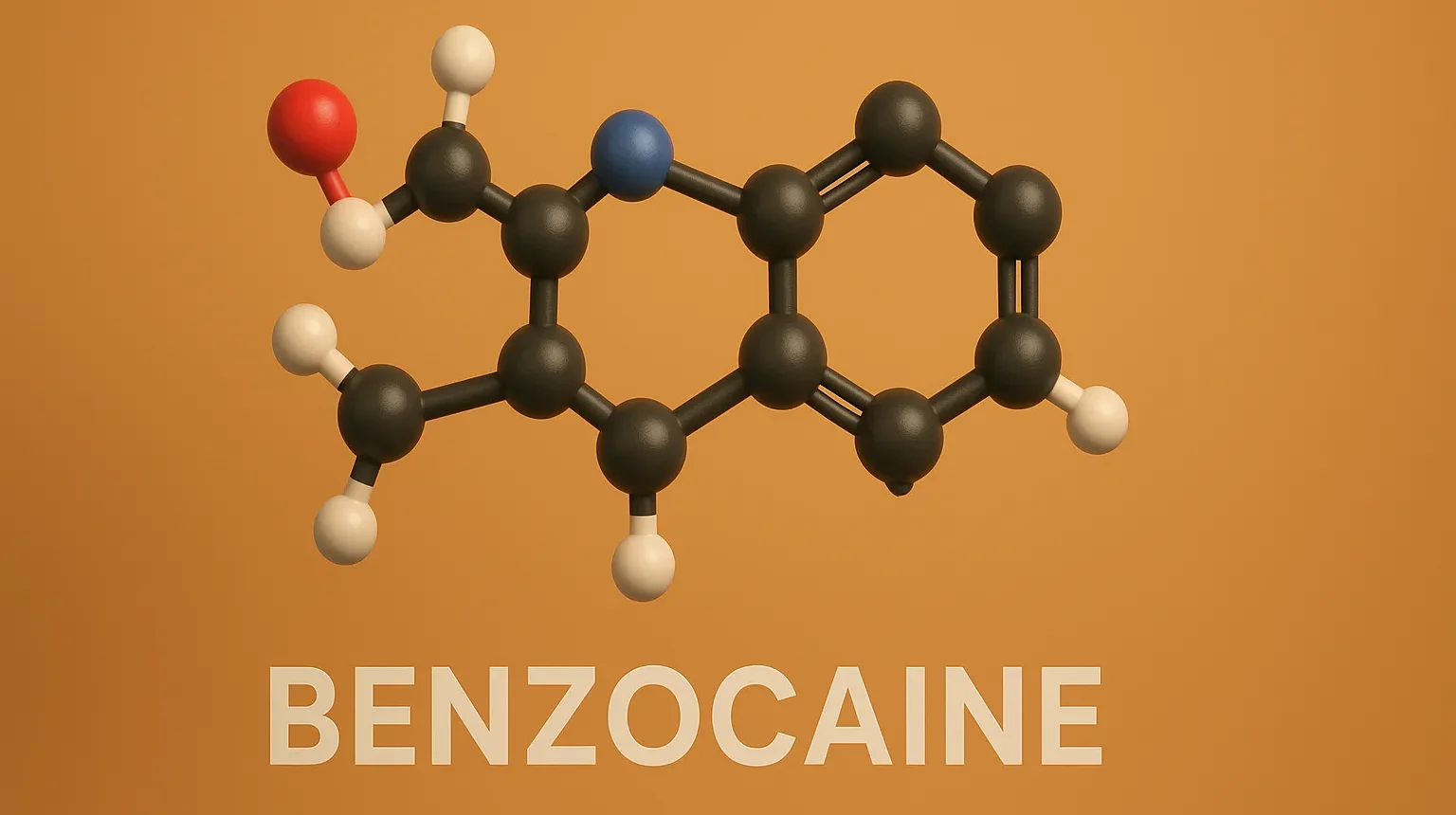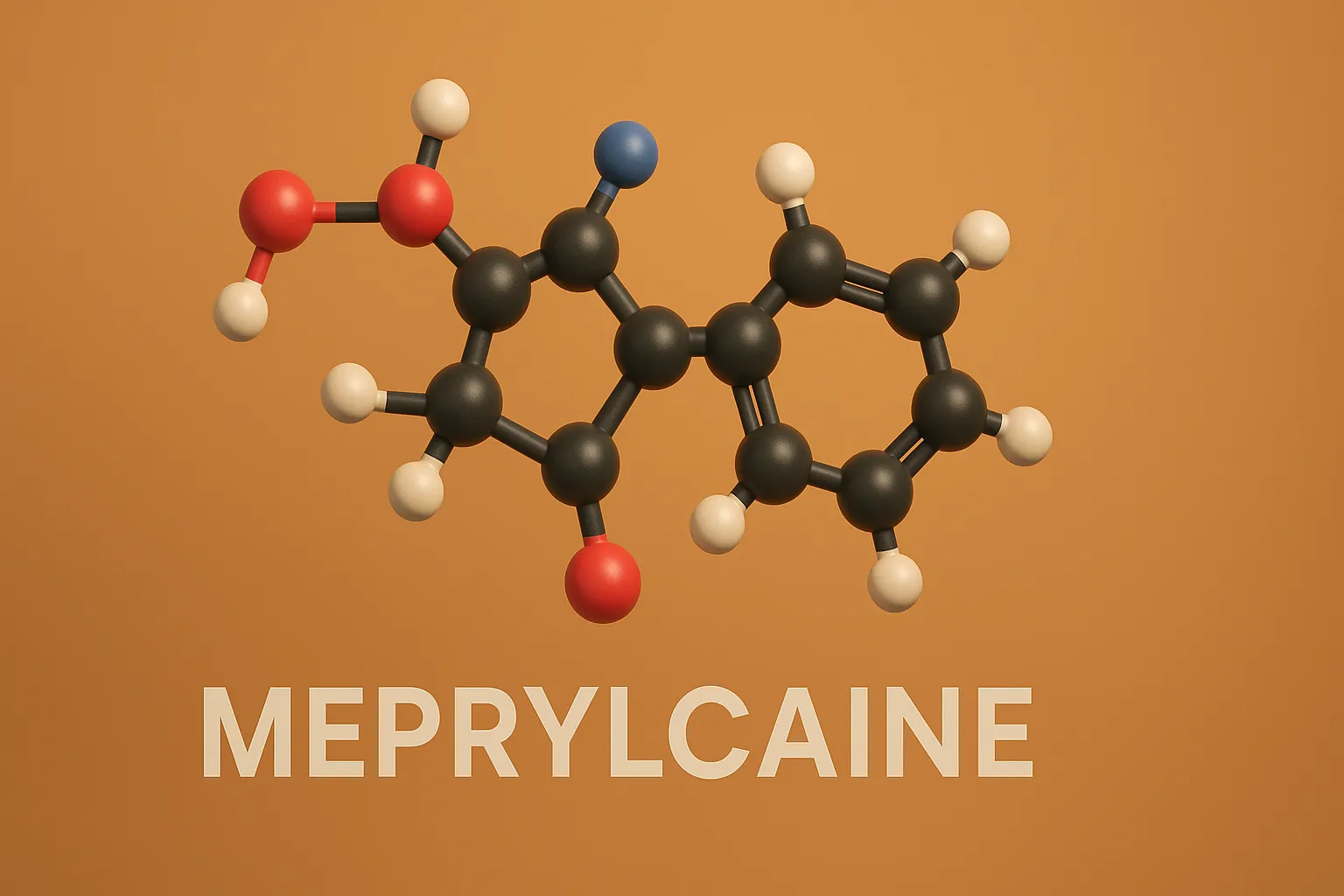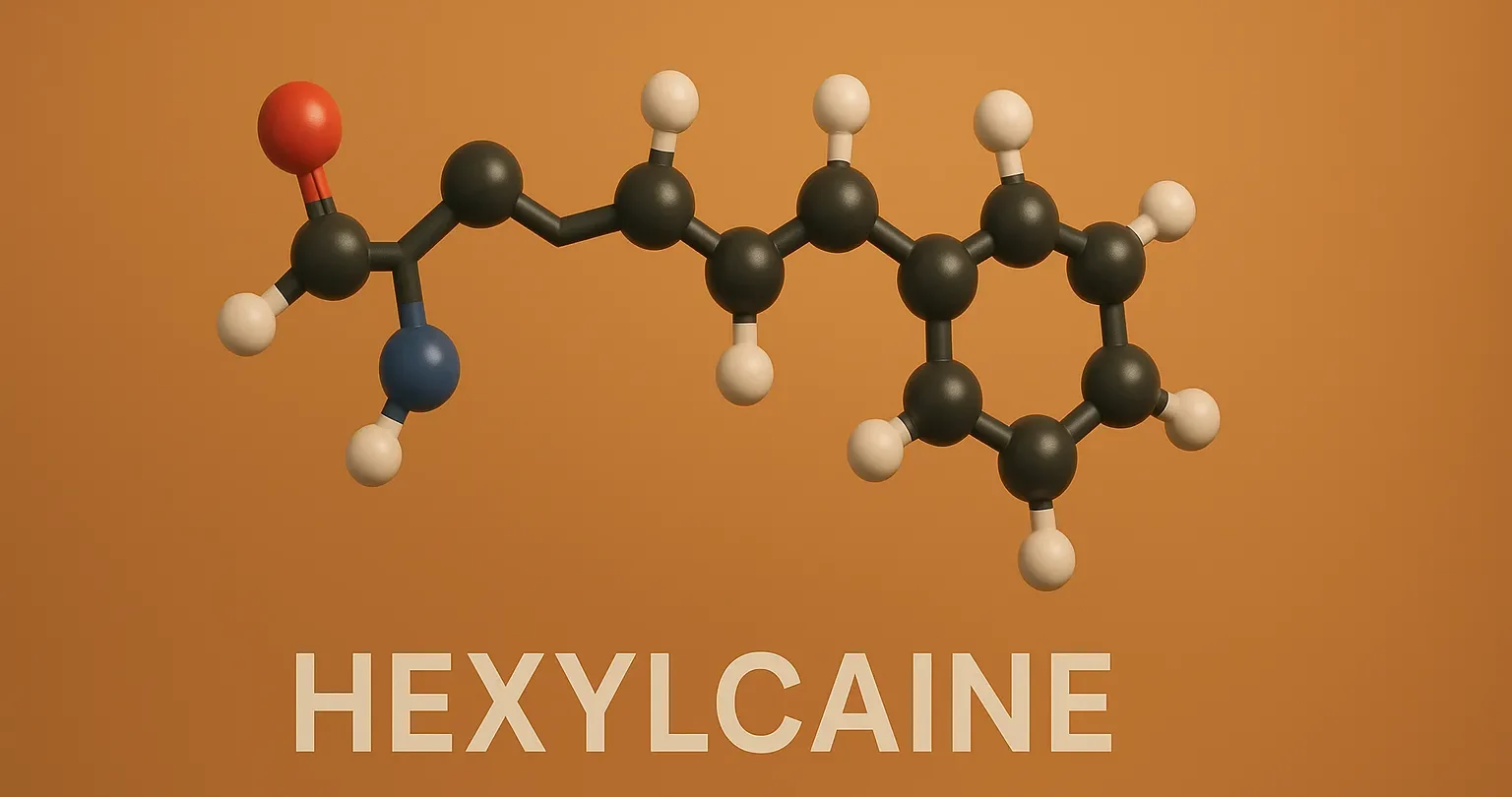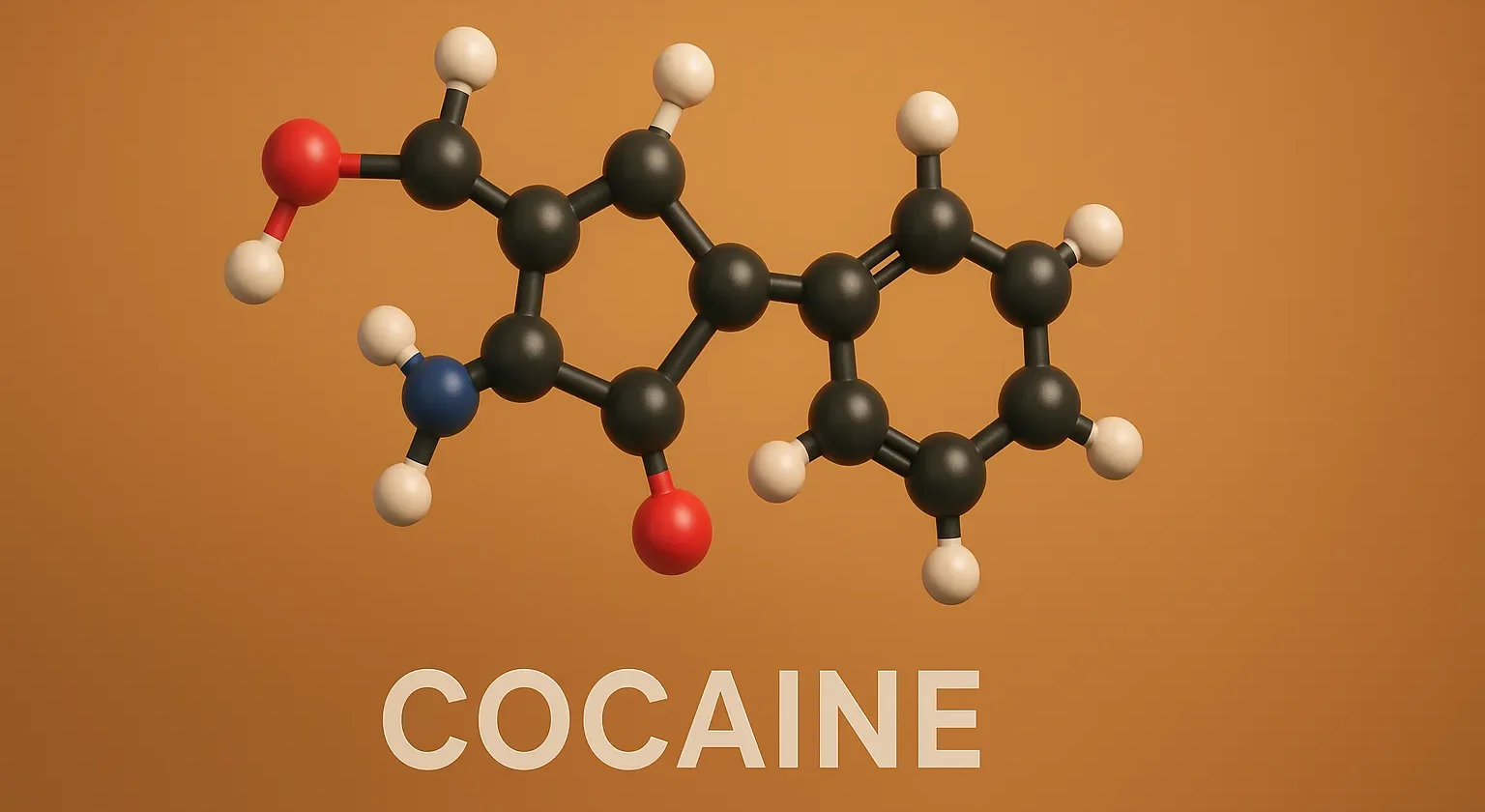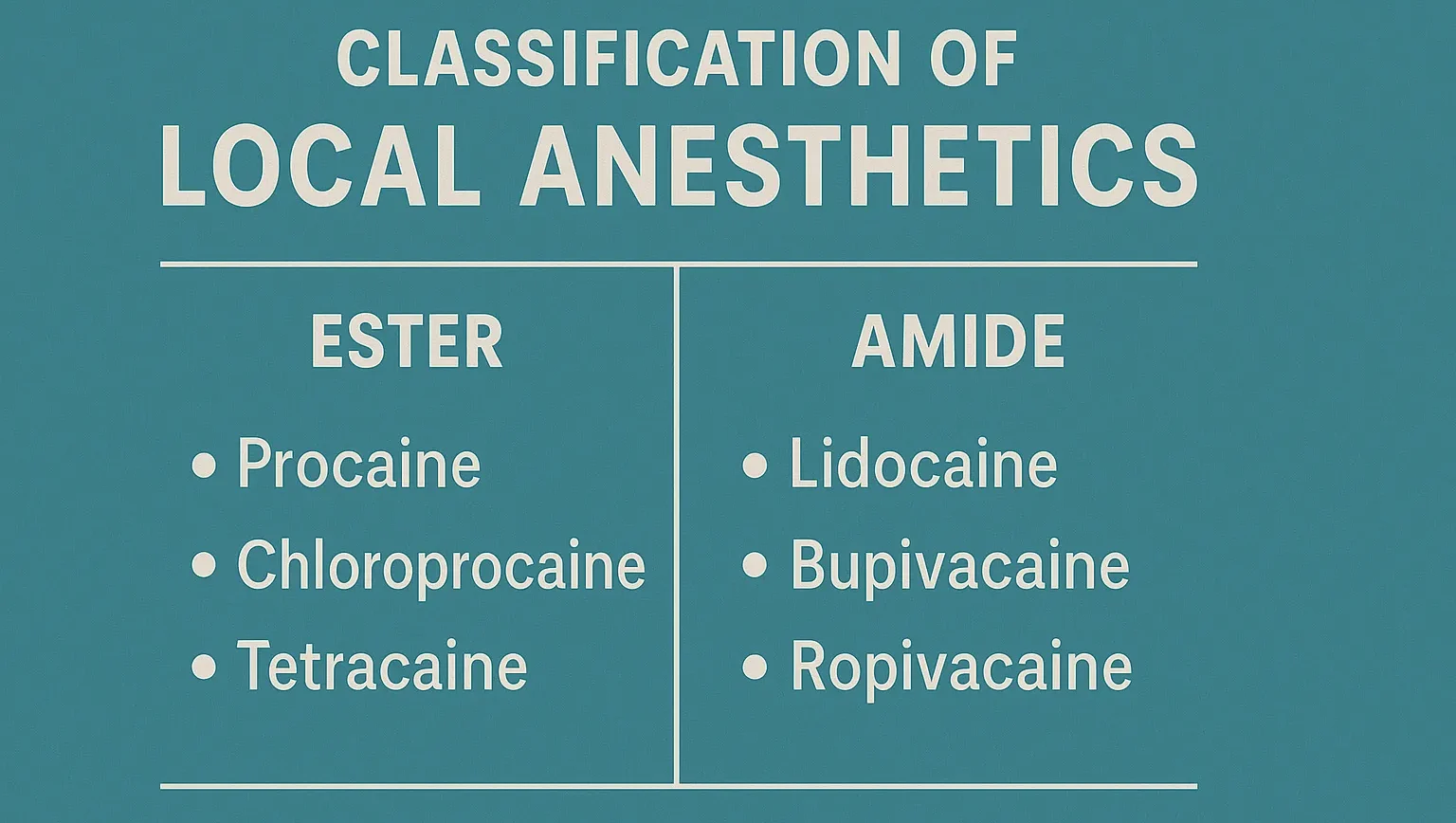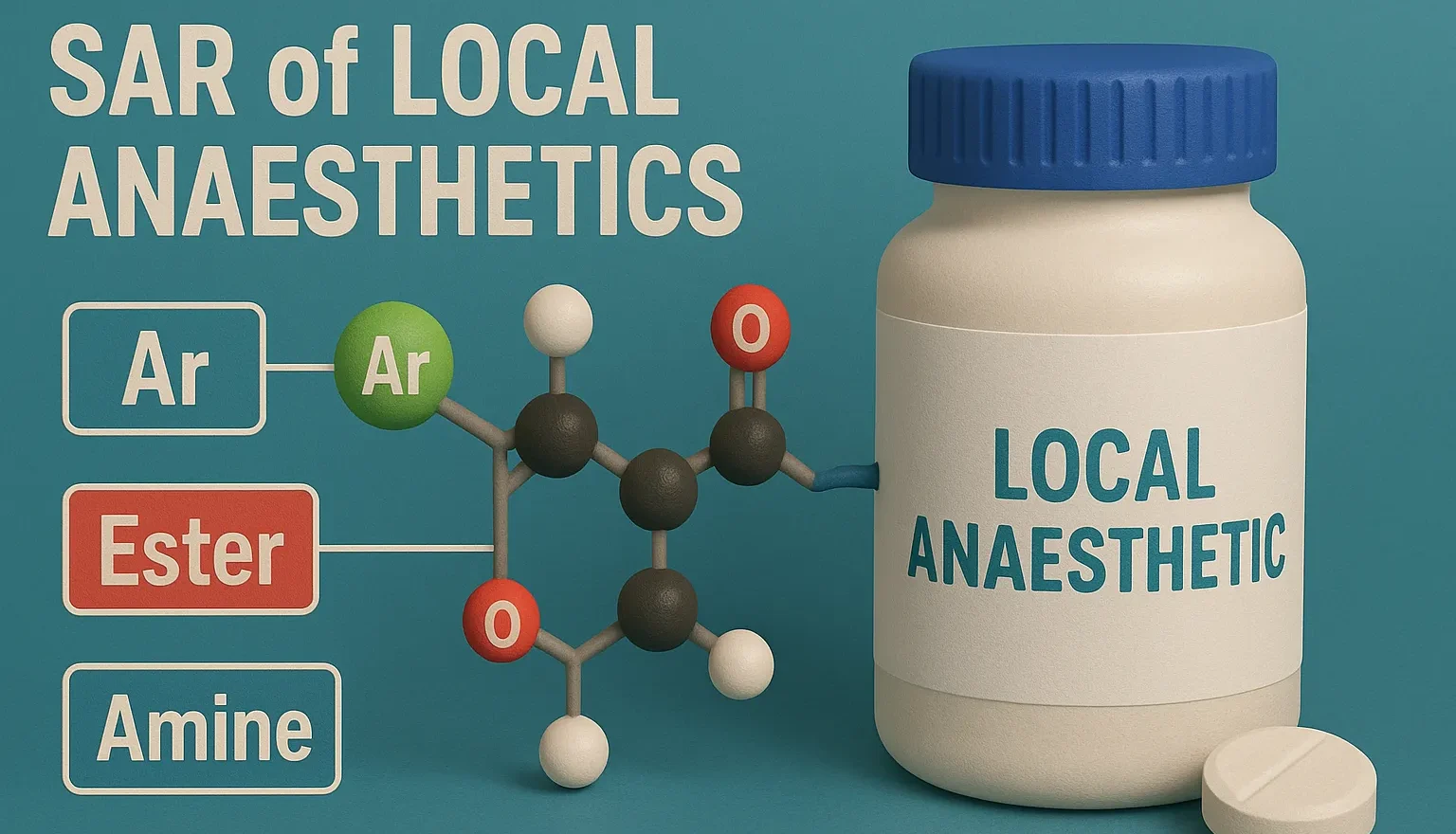Butacaine
Butacaine is an ester-type local anesthetic used for surface anesthesia by blocking nerve conduction and providing temporary numbness. Structure of Butacaine It is an amino benzoic acid derivative with a butyl ester group, providing effective local anesthetic properties. Chemical Formula: C₁₀H₂₁N₃O₂ Mode of Action Sodium Channel Blockade: Inhibits voltage-gated sodium channels, preventing nerve impulse propagation. … Read more

